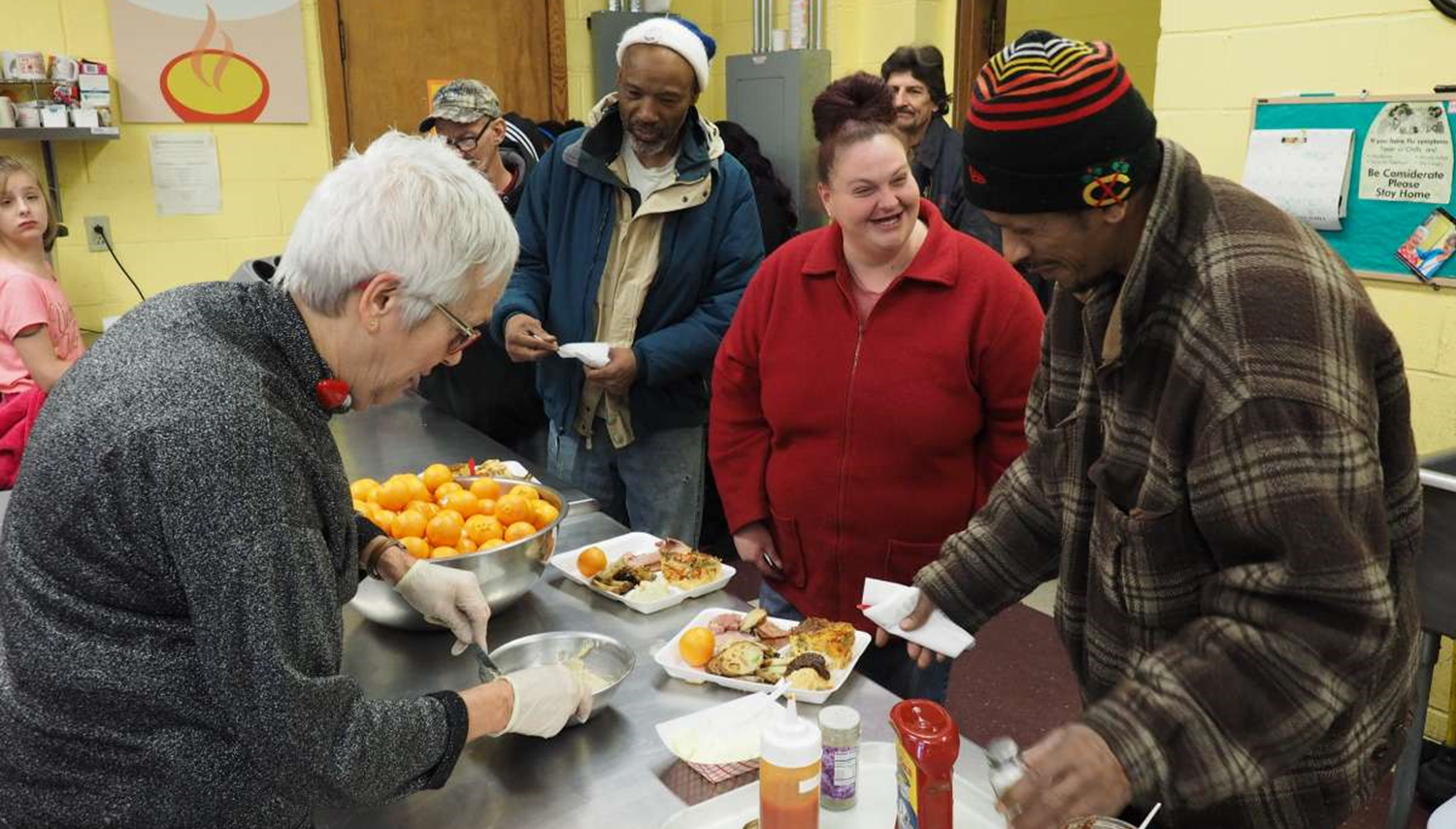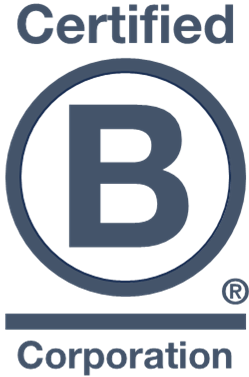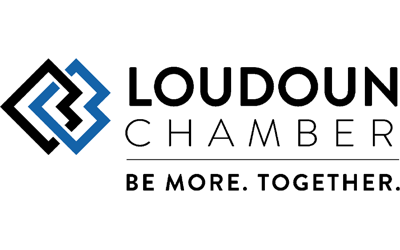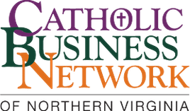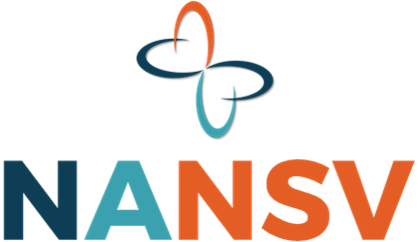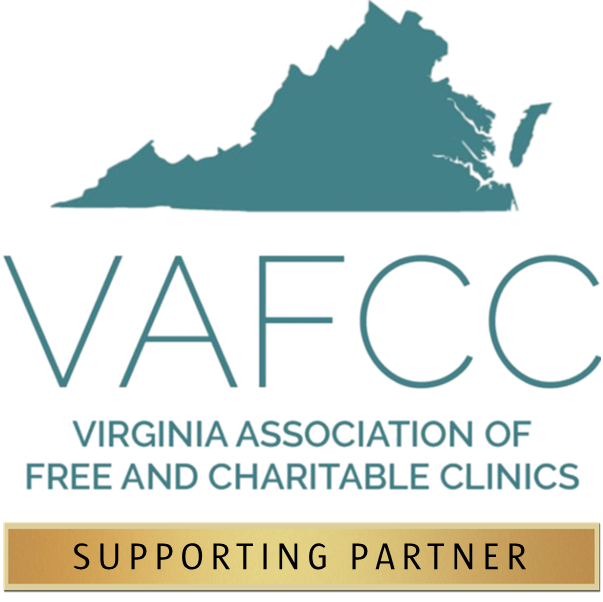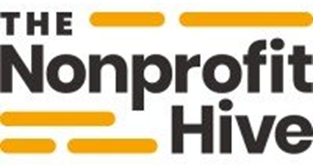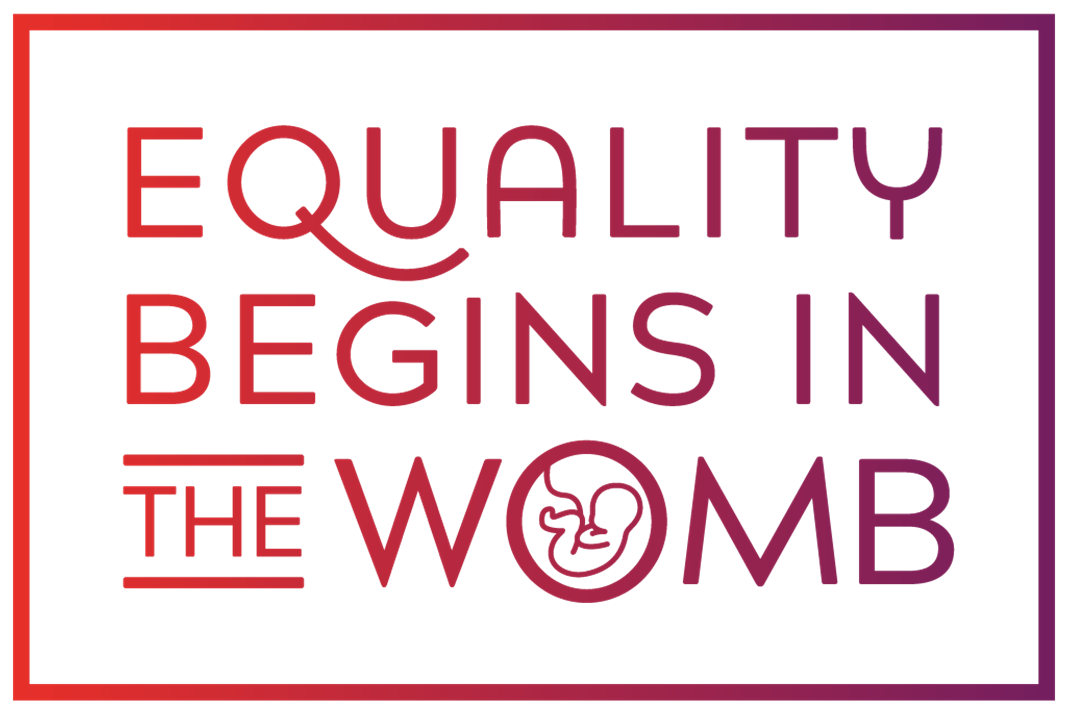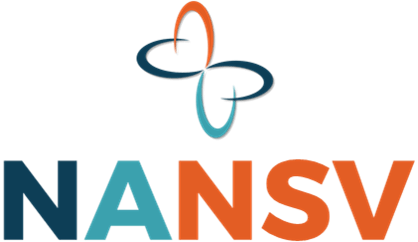Are You Just "Checking the Box" for Non-profit Board Diversity?
Why and how to get diversity of perspectives, not just demographics

Over the last decade, organizations have grown increasingly concerned with “diversity.” Along with high-profile corporate statements of commitment, some states have passed or proposed laws enshrining diversity requirements for boards and executive leadership, and the number of jobs dedicated to diversity in the workforce has grown almost three-fold since 2014.[1] In the midst of this push, though, many non-profits have been relatively inactive in pursuing diversity. One recent study, for example, showed that non-profit Executive Directors, Board Chairs, and board members are overwhelmingly white, with disproportionately low representation from all other racial and ethnic groups. While non-profit leaders say they recognize and aren’t satisfied with the lack of diversity across the non-profit sector, there haven't been too many few signs of improvement to the current situation.[2]
The extent of this situation is demonstrated by our recent survey of free and charitable clinics in Virginia. Nearly half of clinics responding to our joint 2021 Board Assessment with VAFCC indicated their boards’ compositions do not adequately reflect community and client demographics.[3] There are many potential reasons, including but not limited to complacency, failure to understand the population and recruit with purpose, lack of diversity in local candidate pools for sought-after professions or skill sets, and challenges reaching certain groups. Many boards don’t fully appreciate the benefits of diverse representation, and don’t understand what meaningful diversity actually looks like. It can't just be about “checking the box” for self-satisfaction and reputation. Rather, it’s to recognize the population’s needs, barriers, etc. and enable more informed governance decisions.
It’s very easy for boards to act as self-contained “bubbles” focused on what the collective membership thinks is important based on their own individual experiences (especially when they don’t proactively seek out external input, as many of the respondents to the aforementioned survey indicated they don’t).[4] When boards are “out of touch” with current and prospective clients and stakeholders, they risk misunderstanding community priorities, challenges, concerns, etc., and can neither accurately convey them to others outside of their organizations nor respond to them effectively in governance and strategic decision-making. Frequent public surveys are possible, but often infeasible. Instead, integrating the voices of those who are regularly interacting with a non-profit—or aren’t, but should be—requires finding effective ways to give them a seat at the table.
It's important to realize that the idea shouldn't be to seek demographic diversity for its own sake, but to pursue the “representative perspectives” of current and prospective client populations as well as the broader community. Integrating their viewpoints as “equal partners” in deliberations and decision-making by seeking out individuals who can speak to the needs of those most affected by the non-profit's services, outcomes, future direction, etc.—whether they’re from different racial, ethnic, economic, social, and/or other groups—can greatly enhance board effectiveness. In fact, it’s been clearly demonstrated that boards incorporating the people most connected to their nonprofits are able to have much richer discussions and make better choices among governance options than those that don't, and they also gain access to more community resources, including new donor pools.[5]
If you’re one of the many non-profits that feels your board isn’t diverse enough, don’t panic and go try to find someone from every racial and ethnic group out there. You don’t have to diversify just because everyone’s doing it. Diversity is at its best when it embodies your key stakeholders—your clients, your donors, your community. Be purposeful about it. Take the time to understand the people who are, or who should be, engaging with your non-profit in different ways, and involve them. For example:
- Establish a seat or two for current or former clients, and perhaps a typical individual donor. Ensure your recruiting process reaches and encourages potential candidates to participate.
- Set up an Advisory Board comprising existing and prospective clients, donors, and stakeholders. Hold periodic, regular meetings with Advisors to seek (and listen to) their opinions and guidance.
- Regularly engage individual clients, representatives of the donor base, community members, and key stakeholders, and learn from them. Set aside a dedicated time in every board meeting to hear what they have to say.
- Assign a board “ambassador” role (e.g., a committee) with responsibility for interacting with a broad cross-section of the local community. Set up a schedule for reporting back to the board.
These are just some ways boards can involve diverse demographics and roles interacting with their non-profits in governance and strategy, allowing for direct representation on the Board of Directors or establishing listening mechanisms that can be continuously leveraged (not just “once in a while”). Whatever approach(es) you choose, make it a top priority—a critical component of discussions and decisions. If you get it right, diversity will make your board better, and your non-profit even more valuable in your community.
[1] Estrada, S. “D&I roles more than doubled since 2015, report says,” HRDive, https://bit.ly/3z1oiQc (Jul. 2020, ret. Dec. 27, 2021).
[2] “Leading with Intent: 2017 National Index of Nonprofit Board Practices,” BoardSource (2017), pp. 9 – 10.
[3] “Summary Report on Board Governance Survey,” Virginia Association of Free and Charitable Clinics (2021).
[4] Ibid.
[5] “Ten Things to Know About Board Diversity – Lessons from ‘Building a Diverse Board of Directors: Turning Intention into Results,’” Maryland Nonprofits, https://bit.ly/3JmNk0V (Dec. 2019, ret. Dec. 27, 2021).
Learn More and Take Action
For more information on board diversity and other non-profit topics,
contact Snowflake
today.
Read Other Posts







